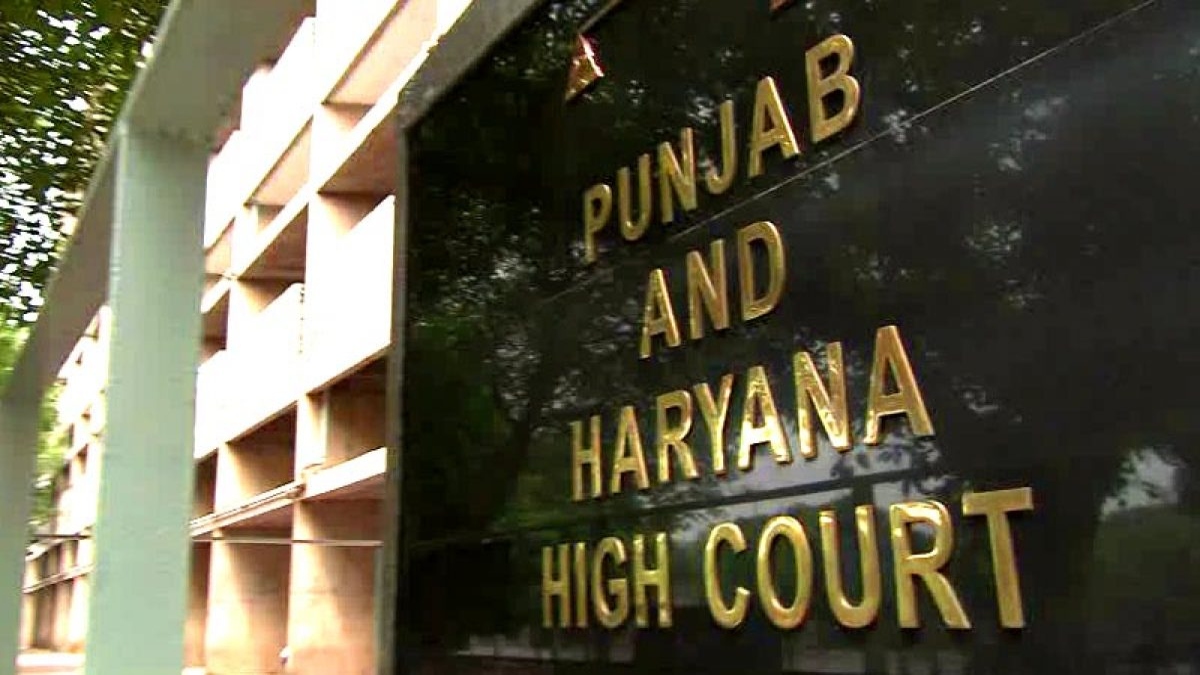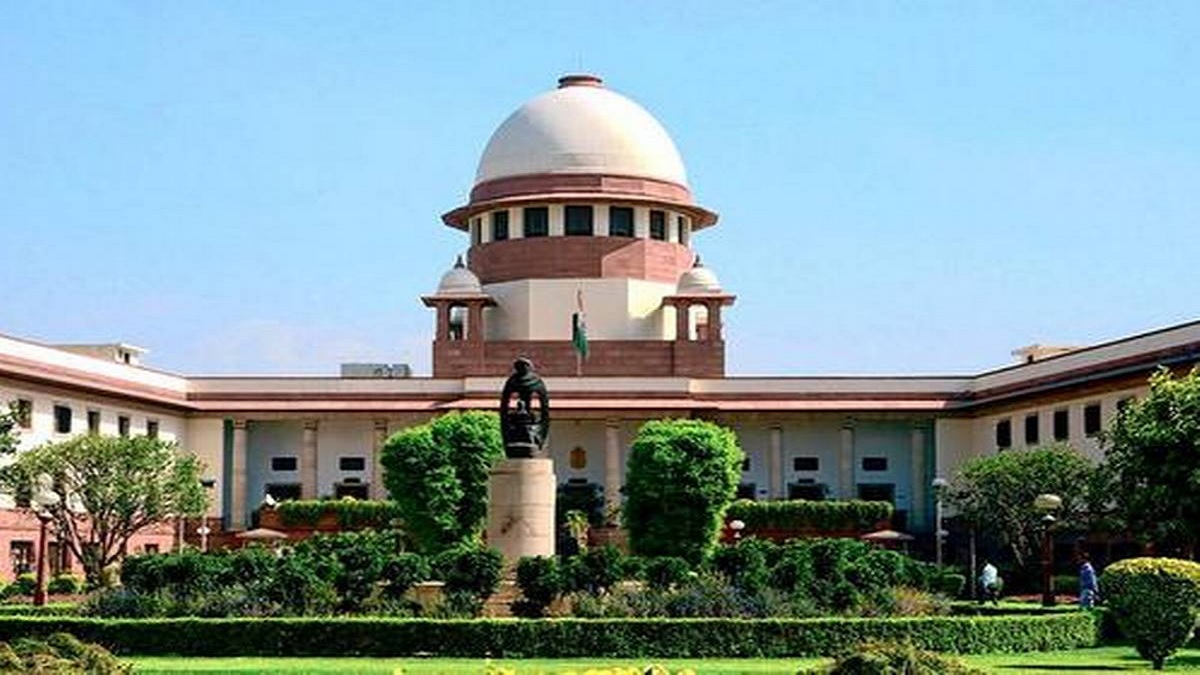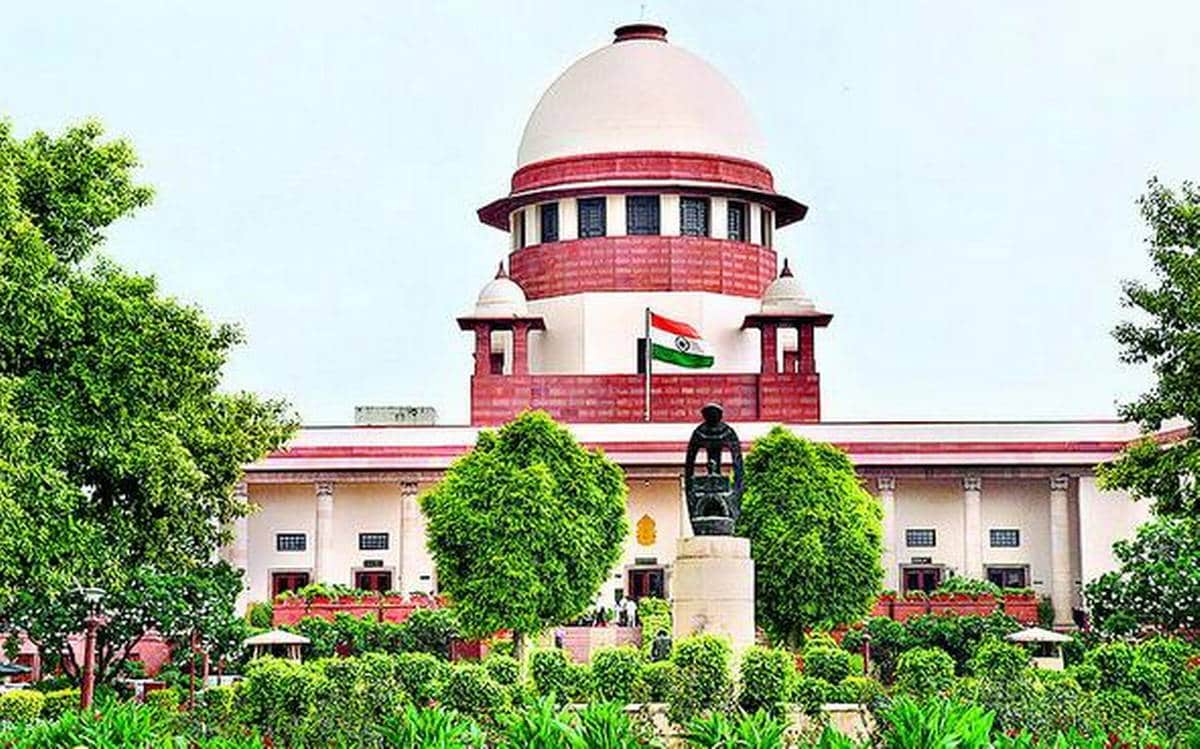In a significant development, the Punjab and Haryana High Court in a learned, laudable, landmark and latest judgment titled M/s Paras Ram Milkhi Ram vs Sudarshan Tea Pvt Ltd and Another in CR-2188-2015 (O&M) delivered as recently as on March 23, 2022 has made it quite clear that summons by registered post/acknowledgement due cannot directly be sent by the Court where the suit is instituted to a defendant residing outside it’s jurisdiction. The single Judge Bench of Justice Alka Sarin held that, “where the defendant resides outside the jurisdiction of the Court in which the suit is instituted and the Court directs that summons on such a defendant be served by registered post acknowledgement due, such summons have to be first sent to the Court having jurisdiction where the defendant resides and that Court would thereupon proceed to serve the defendant as if the summons were issued by that Court.” Very rightly so.
To start with, the single Judge Bench comprising of Justice Alka Sarin of Punjab and Haryana High Court first and foremost puts forth in this learned judgment that, “Heard through video conferencing. The present petition has been filed under Article 227 of the Constitution of India challenging order dated 08.01.2015 passed by the Additional District Judge, Sangrur and 27.04.2011 passed by the Additional Civil Judge (Sr. Division), Moonak as well as the ex-parte judgment and decree dated 11.06.2015 passed by the Additional Civil Judge (Sr. Division), Sunam.”
To put things in perspective, the Bench then envisages in next para that, “Brief facts relevant to the present lis are that on 04.02.2004 the plaintiff-respondents herein filed a suit for recovery Rs.1,32,513/- against the defendant-petitioners. Vide order dated 05.02.2004, the Trial Court issued notice to the defendants-petitioners for 04.03.2004 on filing of registered cover. Summons were issued through registered post on 06.02.2004 for 04.03.2004. On 04.03.2004 the registered cover sent to the defendant-petitioners No.2 to 5 were received back with the report of refusal and hence they were proceeded against ex-parte. Since acknowledgment due qua defendant-petitioner No.1, namely, Satpal Mittal was not received, hence fresh notice was directed for 17.04.2004. On 17.04.2004 the acknowledgment due was received back with a report of refusal and in such circumstances the Court, having been satisfied that the defendant-petitioner No.1 could not be served through ordinary process, directed publication in the daily Chardikalan for 15.05.2004. On 15.05.2004 the case was adjourned to 18.05.2004 and on 18.05.2004 the case was adjourned to 24.07.2004 as publication had not been received back. Order dated 24.07.2004 records that the publication had duly been published in the Daily Chardikalan in its Edition dated 13.06.2004 and despite the matter being called several times none had appearance on behalf of defendant No.1. As such defendant No.1 was proceeded against ex-parte. On 11.06.2005 the suit was decreed ex-parte.”
As it turned out, the Bench then enunciates in the next para that, “Thereafter, an execution was filed at Moonak/Sunam, District Sangrur on 30.07.2005 which was transferred to District Patiala as the defendant-petitioners were residents of Patiala. It is the case set up that the Bailiff of the Court of Patiala came for attachment of the residential house of Milkhi Ram on 04.12.2007 and that is when the defendant-petitioners came to know of the decree passed by the Court at Moonak. On 02.01.2008 the defendant-petitioners filed an application for setting aside the ex-parte judgment and decree before the Trial Court at Moonak by pleading that they had not received the summons from the Court at Moonak and that the defendant-petitioners have never been served in the suit as also taking the defence that the amount had been received against receipt by Vinod Kumar Jain, Director of the plaintiff-respondent. However, the receipt had been misplaced. On 27.04.2011 the Trial Court dismissed the application for setting aside the ex-parte judgment and decree. Against the said order an appeal was preferred which also came to be dismissed on 08.01.2005. Aggrieved by the said two orders the present revision petition has been filed.”
As we see, after hearing both the sides, the Bench then observes that, “In the present case, the suit was filed at Sunam, District Sangrur and all the defendants were residing at Patiala as per the addresses mentioned in the plaint. The defendant-petitioners were, thus, residing outside the jurisdiction of the Court where the suit was instituted. The summons to the defendant-petitioners were sent to Patiala, District Patiala by registered post acknowledgement due by the Trial Court at Sunam, District Sangrur where the suit was instituted and were received back with reports of refusal. In the present case this Court has to examine if there was proper service upon the defendant-petitioners.”
Needless to say, the Bench then states that, “Under Order 5 Rule 9-A CPC, the Court may, in addition to the service of summons under Rule 9, on an application by the plaintiff, deliver summons to the plaintiff for serving on the defendant. Such summons have to be served personally upon the defendant by the plaintiff or on his behalf. The Rule makes no distinction between a defendant within or without the jurisdiction of the Court which issues the summons.”
Be it noted, the Bench then mentions in the next para that, “Order 5 Rule 21 CPC (as amended by Act No.46 of 1999) pertains to service of summons where the defendant resides within the jurisdiction of another Court and reads as under:
“21. Service of summons where defendant resides within jurisdiction of another Court – A summons may be sent by the Court by which it is issued, whether within or without the State, either by one of its officers or by post or by such courier service as may be approved by the High Court, by fax message or by Electronic Mail service or by any other means as may be provided by the rules made by the High Court to any Court (not being the High Court) having jurisdiction in the place where the defendant resides.”
It may be mentioned here that for the States of Punjab, Haryana and UT Chandigarh Order 5 Rule 21 CPC, as existing prior to the amended Rule 21 reproduced above, was substituted by the following Rule 21 :
“A summons may be sent by the Court by which it is issued, whether within or without the State, either by one of its officers or by post to any Court (not being the High Court) having jurisdiction in the place where the defendant resides. Provided that where the defendant resides within the State at a place not exceeding sixteen kilometers from the place where the Court is situate, a summons may be delivered or sent by the Court to one of its officers to be served by him or one of his subordinates.”
Further, the Bench then holds in the next para that, “Thus, where a defendant resides within the jurisdiction of the Court in which the suit is instituted, or has an agent resident within that jurisdiction who is empowered to accept the service of the summons, the summons have to be delivered or sent either to the proper officer to be served by him or one of his subordinates or to such courier services as are approved by the Court. Further, the summons can be sent by registered post acknowledgment due or by speed post or by an approved courier service or by any other means of transmission of documents including fax, electronic mail service as provided by the rules made by the High Court.”
In addition, the Bench then also pointed out that, “However, where a defendant resides outside the jurisdiction of the Court in which the suit is instituted, the summons to such a defendant can be sent directly by the Court, where the suit is instituted, by speed post, approved courier service or by any other means of transmission of documents including fax, electronic mail service as provided by the rules made by the High Court. For service by such means on a defendant residing outside the jurisdiction of the Court, the provisions of Order 5 Rule 21 shall not apply. Registered post acknowledgement due is specifically excluded in Order 5 Rule 9(4) CPC and, therefore, for service by registered post acknowledgement due on a defendant residing outside the jurisdiction of the Court, the provisions of Order 5 Rule 21 shall apply.”
Notably, the Bench then observes that, “Order 5 Rule 21 CPC makes it clear such that summons ordered to be served by registered post acknowledgement due on a defendant residing outside the jurisdiction of the Court would have to be sent to the Court having jurisdiction where the defendant resides. Under Order 5 Rule 23 CPC, the Court to which the summons are sent under Rule 21 shall proceed as if it had been issued by such Court. Order 5 Rule 23 CPC reads as under :
“Duty of Court to which summons is sent – The Court to which a summons is sent under Rule 21 or Rule 22 shall, upon receipt thereof, proceed as if it had been issued by such Court and shall then return the summons to the Court of issue, together with the record (if any) of its proceedings with regard thereto.”
Most significantly, the Bench then minces no words to hold unequivocally that, “These provisions make it clear that where the defendant resides outside the jurisdiction of the Court in which the suit is instituted and the Court directs that summons on such a defendant be served by registered post acknowledgement due, such summons have to be first sent to the Court having jurisdiction where the defendant resides and that Court would thereupon proceed to serve the defendant as if the summons were issued by that Court. Summons by registered post acknowledgement due cannot directly be sent by the Court where the suit is instituted to a defendant residing outside it’s jurisdiction. The decision by the Himachal Pradesh High Court in Aar Kay Traders case (supra) is to the same effect.”
It is a no-brainer that the Bench then very rightly maintains that, “In the present case, admittedly, the defendant-petitioners were residing outside the territorial jurisdiction of the Court where the suit was instituted. That being so, service sought to be effected upon them by way of registered post acknowledgement due directly by the Court where the suit was instituted cannot be deemed to be proper service and the procedure adopted by the Trial Court was contrary to that laid down in Order 5 Rules 9 and 21 CPC.”
As a corollary, the Bench then holds in the next para that, “In view of the discussion above, the present petition deserves to succeed and is consequently allowed. The impugned order dated 08.01.2015 (Annexure P-6) passed by the Additional District Judge, Sangrur and the impugned order dated 27.04.2011 (Annexure P-5) passed by the Additional Civil Judge (Sr. Division), Moonak as well as the impugned ex-parte judgment and decree dated 11.06.2015 (Annexure P-2) passed by the Additional Civil Judge (Sr. Division), Sunam are set aside. Pending applications, if any, also stand disposed off.”
Finally, the Bench then concludes by holding in the final para that, “Parties through their counsel to appear before the Trial Court in Sunam on 04.04.2022 for further proceedings in the suit. Records summoned vide order dated 10.11.2017 be sent back to the Courts concerned.”
In a nutshell, the Punjab and Haryana High Court has made it indubitably clear in this extremely commendable judgment that, “Summons by registered post acknowledgement due cannot directly be sent by the Court where the suit is instituted to a defendant residing outside it’s jurisdiction.” Of course, all the courts must always in similar such cases adhere to what has been laid down by the Punjab and Haryana High Court so explicitly, elegantly, eloquently and effectively! There can certainly be just no denying or disputing it!
Sanjeev Sirohi, Advocate
A summons may be sent by the Court by which it is issued, whether within or without the State, either by one of its officers or by post to any Court (not being the High Court) having jurisdiction in the place where the defendant resides. Provided that where the defendant resides within the State at a place not exceeding sixteen kilometers from the place where the Court is situated, a summons may be delivered or sent by the Court to one of its officers to be served by him or one of his subordinates.


 Opinion3 years ago
Opinion3 years ago
 Entertainment8 years ago
Entertainment8 years ago
 Fashion8 years ago
Fashion8 years ago
 Entertainment8 years ago
Entertainment8 years ago
 Opinion3 years ago
Opinion3 years ago
 Politics8 years ago
Politics8 years ago
 Entertainment8 years ago
Entertainment8 years ago
 Entertainment8 years ago
Entertainment8 years ago








